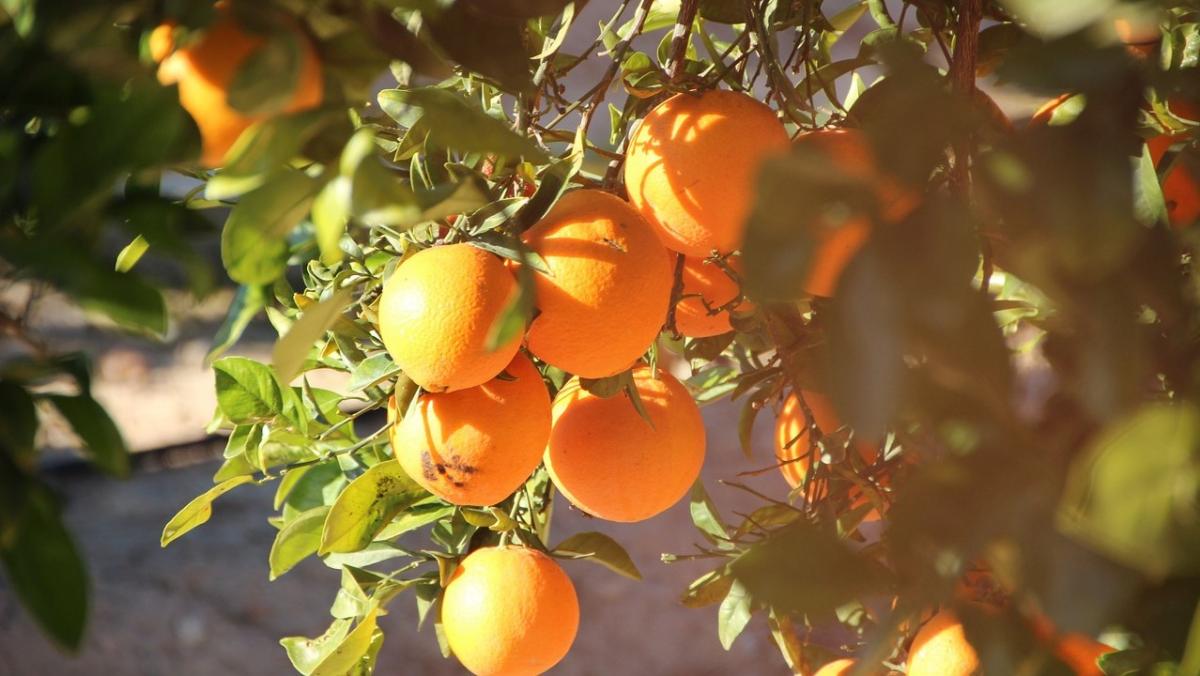You are here
Back to topSmaller Crops Expected for All Citrus Categories in 2022/23

According to a recent report by the U.S. Department of Agriculture’s Foreign Agricultural Service, all categories of citrus fruit are forecast to witness decreases in their global production in the 2022/23 season owing to a combination of negative factors such as adverse weather events and increased costs of agricultural inputs. With the exception of South Africa, Chile and Egypt, almost all key citrus-producing countries are expected to see smaller crops this season.
Mandarins/Tangerines
Global mandarin/tangerine production in the 2022/23 season is estimated to decline by 1.2 million metric tons to 36.6 million metric tons. Outputs from major producers such as China, Morocco and Turkey are expected to decrease on account of unfavorable weather conditions.
An exception to this trend is South Africa, whose mandarin/tangerine exports are set to hit a record high. South African production is estimated to increase by 6% to 670,000 metric tons owing to sufficient rainfall and new plantings coming into full production. This larger crop is expected to drive the export volume up by 8% to a record-breaking 560,000 metric tons. Data from the Citrus Growers’ Association of Southern Africa indicate that South Africa nearly doubled its mandarin/tangerine exports to China in the 2021/22 season. According to China Customs, 22,391 metric tons of South African mandarins/tangerines worth $32.1 million were imported into China in 2022.
Meanwhile, China’s production is anticipated to drop by 2% to 26.5 million metric tons. Domestic consumption is reported to be down alongside the lower yield, while exports remain flat. Southeast Asian countries such as Indonesia, the Philippines, Thailand and Vietnam are the main overseas markets for Chinese mandarins/tangerines.
U.S. mandarin/tangerine production is expected to grow by 23% to 820,000 metric tons on account of favorable weather in California and a larger fruit-bearing area nationwide. Meanwhile, Chilean production is forecast to reach 237,000 metric tons, up by 67,000 metric tons. Chilean mandarin/tangerine exports are anticipated to rebound because of the higher production, with the United States remaining the most important overseas market. Affected by rising labor and fertilizer costs and anomalous weather, Peru’s production is projected to fall by 20,000 metric tons to 550,000 metric tons.
Oranges
Global orange production in the 2022/23 season is expected to drop by 5% to 47.5 million metric tons, with a larger crop in Egypt only partially offsetting lower production in the European Union and United States.
U.S. orange production is expected to decline by 697,000 metric tons to 2.5 million metric tons. Owing to citrus greening disease and high winds due to hurricanes, production in Florida will continue the downward trend seen in recent years, while California is expected to produce more than twice as many oranges as Florida this season. As a major orange supplier to China, the United States shipped 16,768 metric tons of the fruit worth $28.3 million to China in 2022 according to data from China Customs.
China’s orange production is projected to rise slightly to a record 7.6 million metric tons owing to an expanded planting area. As production increases, consumption and exports are also expected to go up.
Production in Egypt is estimated to grow by 600,000 metric tons to 3.6 million metric tons owing to a larger planting area and good weather, with exports increasing as a result. The major overseas markets for Egyptian oranges are the European Union, Russia and Saudi Arabia. As another key African citrus producer, South Africa is projected to harvest 1.7 million metric tons of oranges in the 2022/23 season, marking a record high for the third consecutive year. Chilean production is forecast to exceed 200,000 metric tons, increasing by 36,000 metric tons.
Grapefruit
Global grapefruit production is anticipated to fall by 2% to 6.8 million metric tons owing to reduced outputs in China, Mexico, Turkey and the United States. However, global exports are expected to remain essentially unchanged from the previous season.
A dry summer is forecast to slightly decrease China’s grapefruit production to 5.2 million metric tons. Exports are expected to remain flat while imports should marginally increase. Data from China Customs indicate that 63,805 metric tons of grapefruit worth $50.2 million were imported into China from South Africa in 2022.
South African production is projected to rise to 385,000 metric tons, with a slight increase also forecast for exports. Meanwhile, U.S. production is expected to fall by 13% to 294,000 metric tons because of the impact of citrus greening disease and Hurricane Ian in late September.
Lemons/Limes
Global lemon/lime production is forecast to contract by 7% to 9.3 million metric tons, with lower yields expected in Argentina, Mexico and Turkey on account of unfavorable weather conditions and higher input costs. This reduced supply is expected to drive down global consumption and exports.
South Africa is anticipated to produce 660,000 metric tons of lemons/limes, increasing by 2% and representing a record high. The country’s exports are also due to set a new record in the 2022/23 season, with over one-third of the volume going to the European Union. According to China Customs, 9,541 metric tons of South African lemons/limes were imported into China in 2022.
Production in the European Union is estimated to decline by 4% to 1.6 million metric tons as a result of a lower yield in Spain. Meanwhile, U.S. output is expected to drop 9% to 853,000 metric tons. Chile is forecast to harvest 200,000 metric tons of lemons/limes, an increase of 60,000 metric tons. Chilean exports are anticipated to jump by over 60% because of the higher available supply.
Image: Pixabay
This article was translated from Chinese. Read the original article.













Add new comment